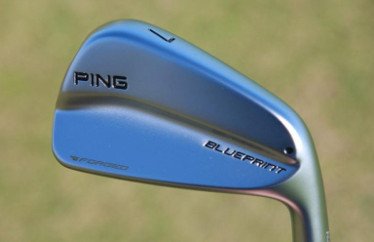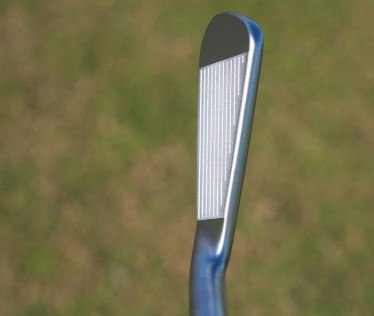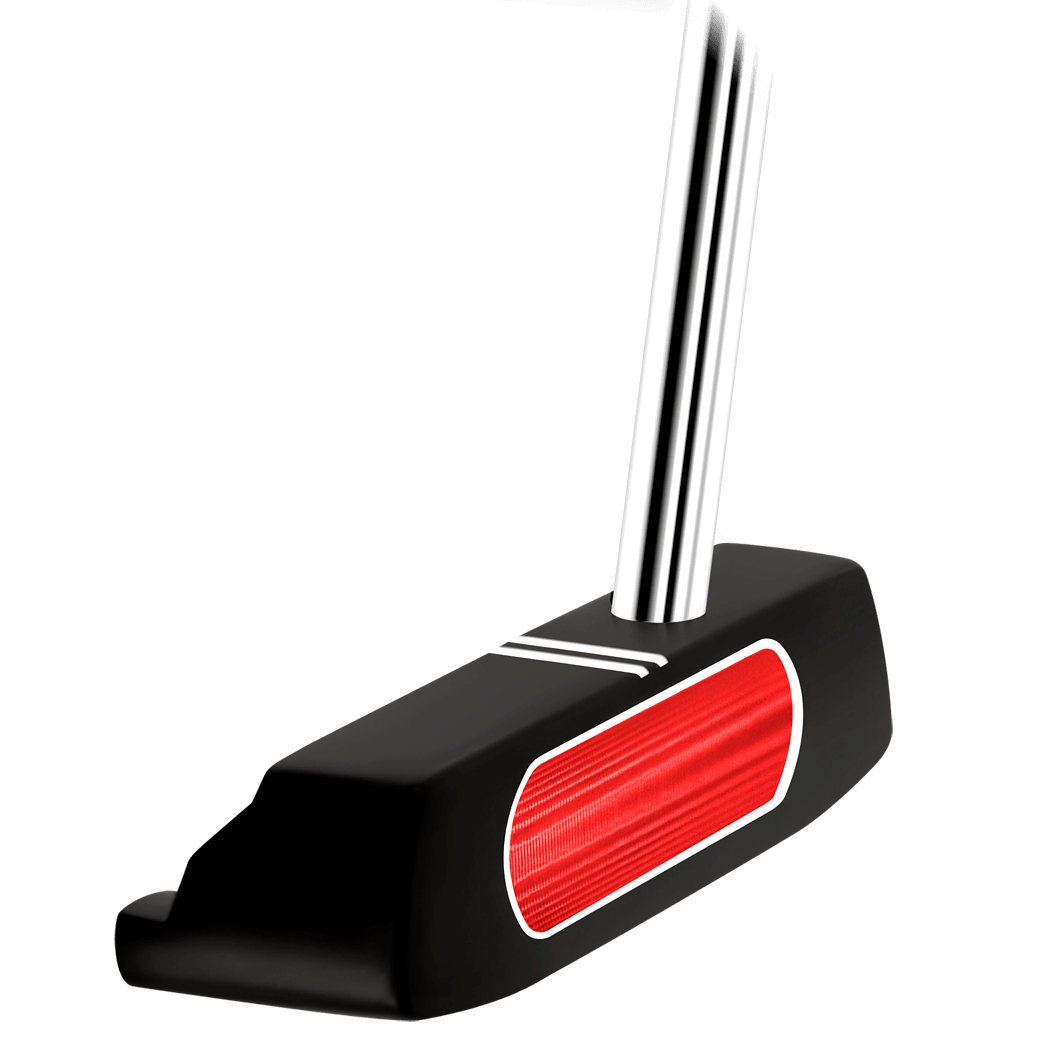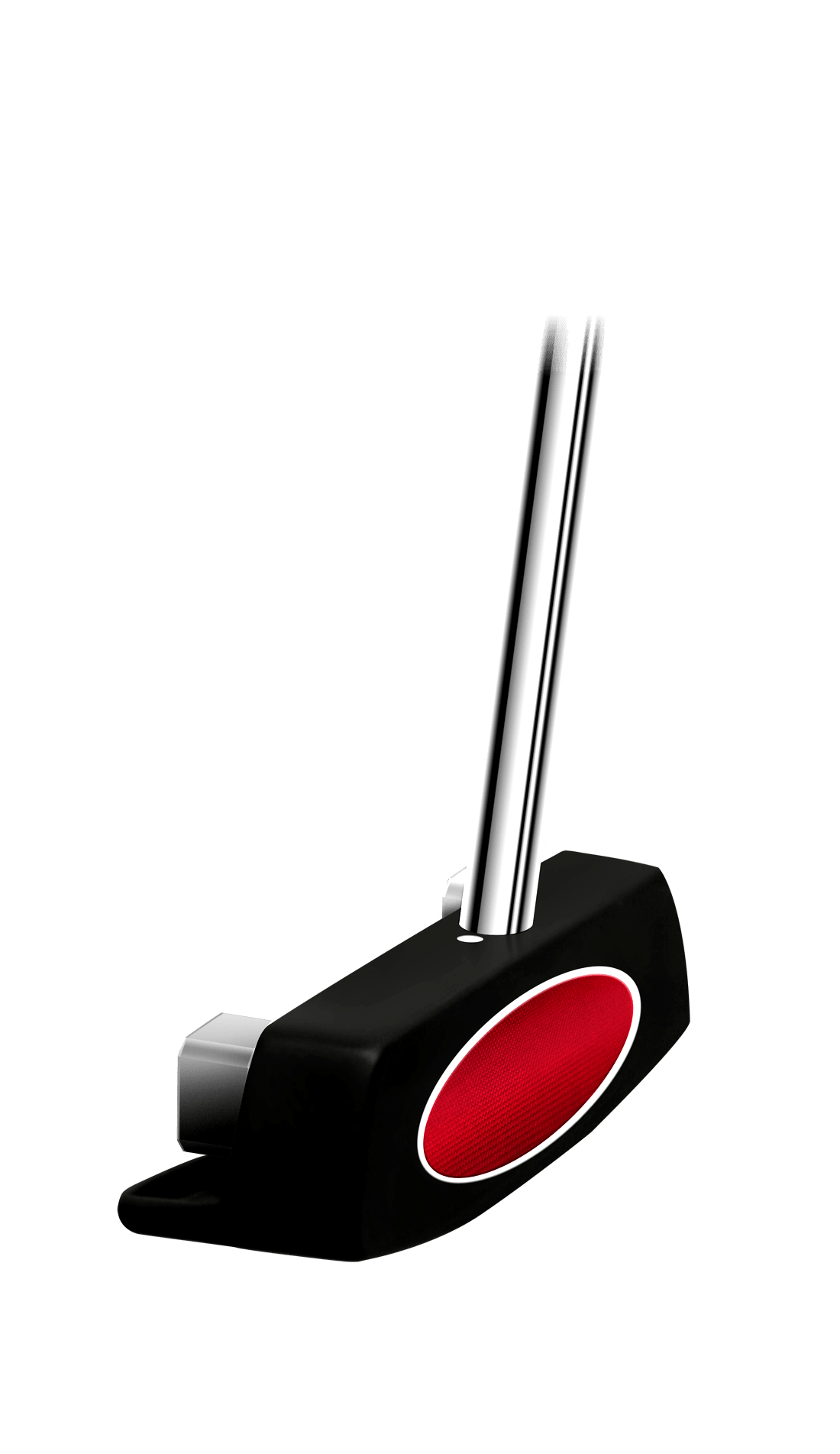
If you’re a fan of the brand, boy do we have good news for you or what? After endless internet chatter and speculation, Ping’s Blueprint forged blades are going to become officially available, as in you’ll be able to buy them at selected retailers in North America, and that’s a fact. Just to jumpstart your memory, the Blueprint Forged Blades were born from the crazy idea of crafting a golf club for obsessive-compulsive golfers, i.e. for the most precise/exacting types, and we’re talking about “more human than human” androids like Tiger Woods or, why not, Mark Zuckerberg.
Joke aside, Ping’s Research and Department team said: challenge accepted, and the company meticulously tested and prototyped in-house (obviously) with all their best players, including Tour staff and what not, on basically everything, ranging from blade size to grind and shape. And speaking of shape, the new Ping Blueprint forged blades are arguably the smallest on the market, but there’s a good reason for this, don’t worry about it. Here’s from Ping’s official press release:

After extensive in-house research with varying head sizes, the findings revealed the theory of “aim small, miss small” was validated by many of the highly skilled players in the test, who produced tighter stat areas when hitting the more compact head.”
See, the new Ping Blueprint forged blades are built to be the equivalent of the surgical blade for obsessive compulsive golfers, and Ping’s statement kind of makes sense, i.e. a compact head concentrates mass and that works great in regard to energy transfer. Basically, the prototype that has been seen on Tour last year ended up in the Ping Blueprint of today. Here’s Ping’s President John K Solheim:
When we launched it on tour, a few players put it in play immediately and it wasn’t long before we had our first win. Based on a lot of their input, we were able to deliver exactly what they were looking for while expanding our iron offerings into a new category. We’re very pleased with the development process we went through and are looking forward to applying our learnings to future PING products.

The new Blueprint irons come with an evident tungsten toe weight, just like their G410 siblings, and they’re over engineered to the point of ridiculousness, as usual, with Ping going that extra-mile for pleasing their customers via impeccable workmanship. Also, every last aspect of the Blueprint irons has a calculation attached to it, including the tip weights. Let us elaborate on that: usually speaking, golf manufacturers insert the tip weight into the bottom of the hosel or into the shaft. There’s absolutely nothing wrong with that, as this design really works, but as we already told you, Ping created the Blueprint irons for obsessive compulsive golfers, i.e. for people obsessed with perfection.
That’s why Ping’s Blueprint irons are perfectly balanced, as the mass is divided in exactly equal amounts in the toe and in the hosel. And speaking of iron construction, the Blueprint forged irons utilize a state of the art 4-step manufacturing process, for the 1 piece forging which is necessary to create a Blueprint forged iron. Ping uses 8620 carbon steel, a high strength variety respectively, which incidentally is the exact same stuff used in their famous Glide forged wedges. Unlike other carbon steels, the 8620 increases durability, which translates into long lasting performance, a feature which stands true with every Ping product by the way. There are more than fifty manufacturing processes required to create a Blueprint forged iron, including the milled faces/grooves, which are checked thoroughly for total accuracy.
Finally, the Blueprint forged irons from Ping will retail for $230 each and they’re available in 2-PW, with True Temper Dynamic Gold 120 (S300, X100), Ping AWT 2.0 (R, S, X) stock options, and other Ping shafts available at extra cost. As an extra feature, you can add Arccos Smart Sensor grips, provided that’s your cup of tea (and yes, they cost extra).






